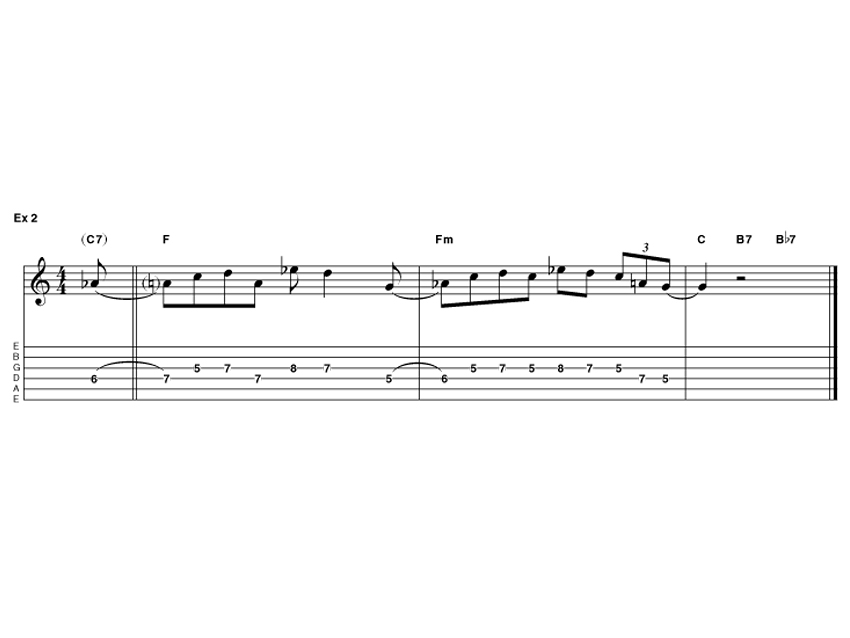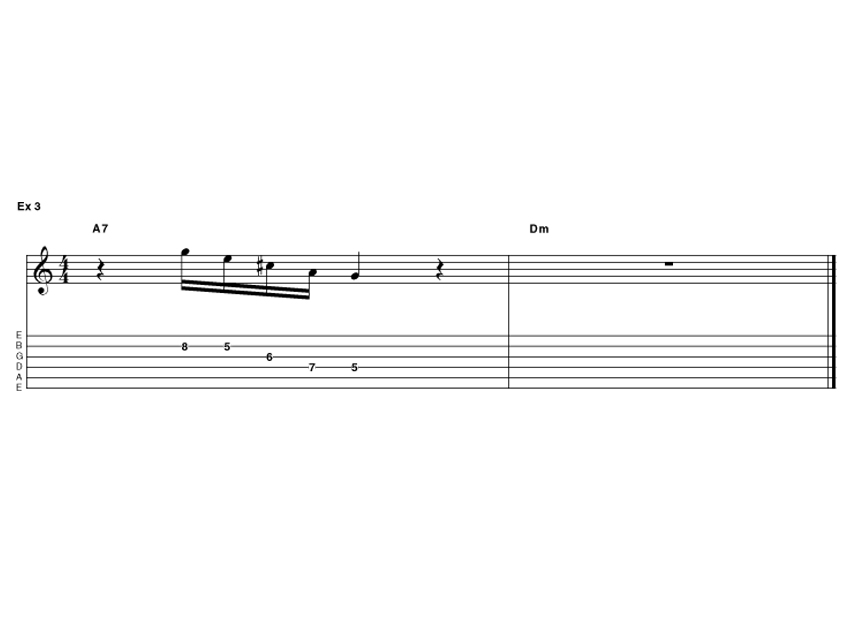Blues Guitar Lessons: Vintage jump blues
How to play guitar like Lonnie Johnson, with free tab and backing track

Vintage jump blues
Here, we have five licks in the style of a true pioneer of the guitar and a bastion of blues – the unsung genius Lonnie Johnson. One of those rude awakenings happened to me last year. I thought I had the blues chronology sorted in my head (I won’t spell it out here due to space, but you could guess – Robert Johnson, T-Bone, BB etc).
I’d also heard of Lonnie Johnson years and years ago but chose to ignore him as his name reminded me of Lonnie Donegan and, in my ignorance, I thought he’d sound the same! The irony, I discovered later, was that Donegan worked with Johnson when he toured the UK in the 1950s and was so amazed that he changed his name from Anthony to Lonnie there and then.
However, guitarist Denny Ilett gave me a quick education, pointed me in the direction of YouTube and opened my eyes and ears in the process. Check out Uncle Ned Don’t Use Your Head and you may hear where a certain Belgian gypsy got a lot of his ideas. Then check out later footage: he was a great man, a superb player and a huge star from the late 1920s until the 1960s.
This is the first of a two-parter on Lonnie, looking at his acoustic period – before electrics were invented! His early main guitar was a Martin slot-headed 000 model with a 12-fret neck. Stay tuned for part two when we get a little bit hotter in our choice of licks but let’s ease in with a medium jump blues in C.
Lonnie was using these licks in 1927, but you can hear them every day in the playing of a vast array of guitarists (whether they know it or not).
Click onwards for the tab, examples and backing track.

Lick one
This could be straight off Clapton’s Unplugged album, but Lonnie was playing this lick (albeit on a much more scratchy recording) 80 years ago.
He’s using note targeting (E, the major 3rd of C; and A, the major 3rd of F), as well as employing grace notes (playing from a semitone below the target note). Very modern indeed!
Listen:

Lick two
There’s a strong correlation between this and lick one, in that Lonnie uses the same minor to major 3rd move with a grace note (Ab to A). He then follows the chords as they change from F to Fm, using the same ploy – here, of course, he moves from the 2nd of F (G) to the minor 3rd (Ab) in exactly the same way.
Note the tasty Ab note (3rd of Fm) that leads down to the G to finish off – G being the 5th of our home key of C.
Listen:

Lick three
Here’s a hint of gypsy jazz. As the chords descend chromatically from C7 to A7, we plant a lovely descending A7 arpeggio (G E C# A G) over the final chord in the sequence – play it with a flurry for a little more drama!
Listen:

Lick four
Here’s a bit of 1930s sweep picking! I know it’s not exactly Frank Gambale but the principle’s the same – play all the notes in the Dm chord (D F A) with a single downstroke before adding the C on top, which then drops back to the A (5th of Dm).
Listen:

Lick five
Our last lick has a semitone bend that ended up typifying the gypsy jazz sound, but was in fact an early American blues/jazz move of Lonnie’s.
Use your first finger on the second string, 3rd fret and give it two lazy semitone bends in succession. The lick finishes with a 4th-position Cm pentatonic lick to highlight the final home chord of C.
Listen:
Backing track:
(Download)









